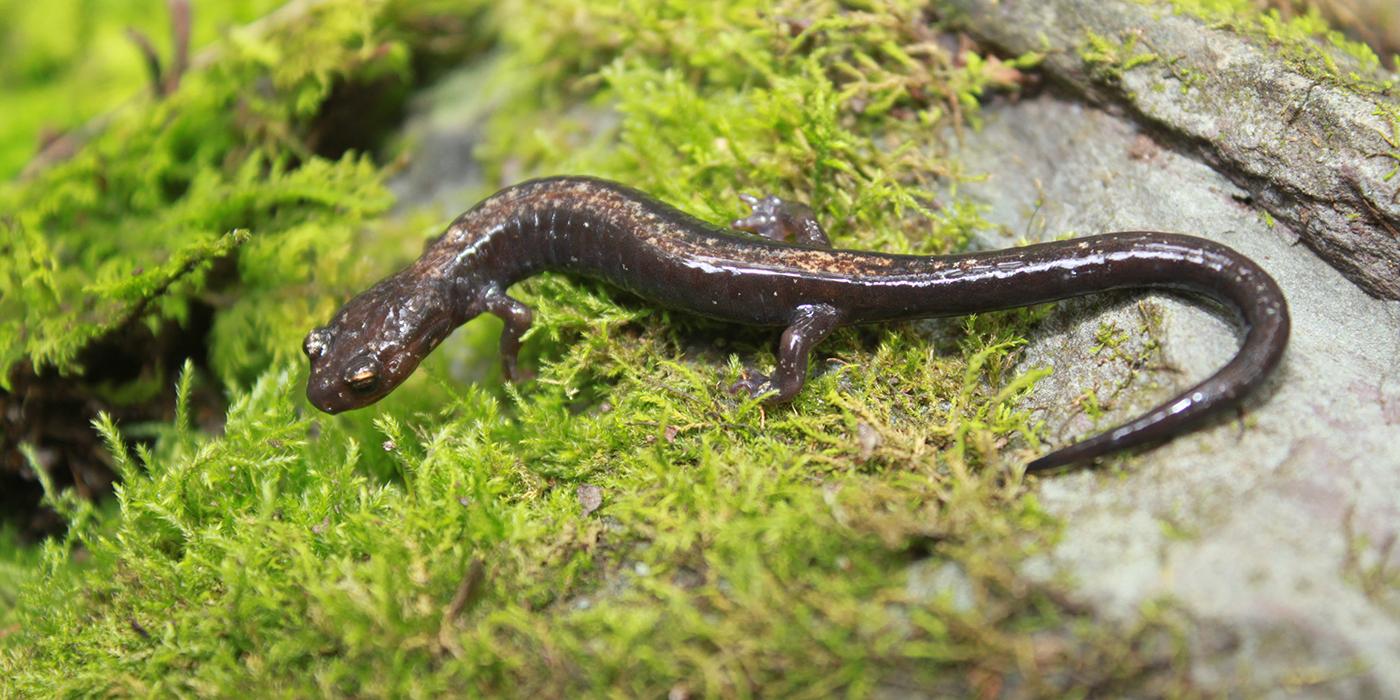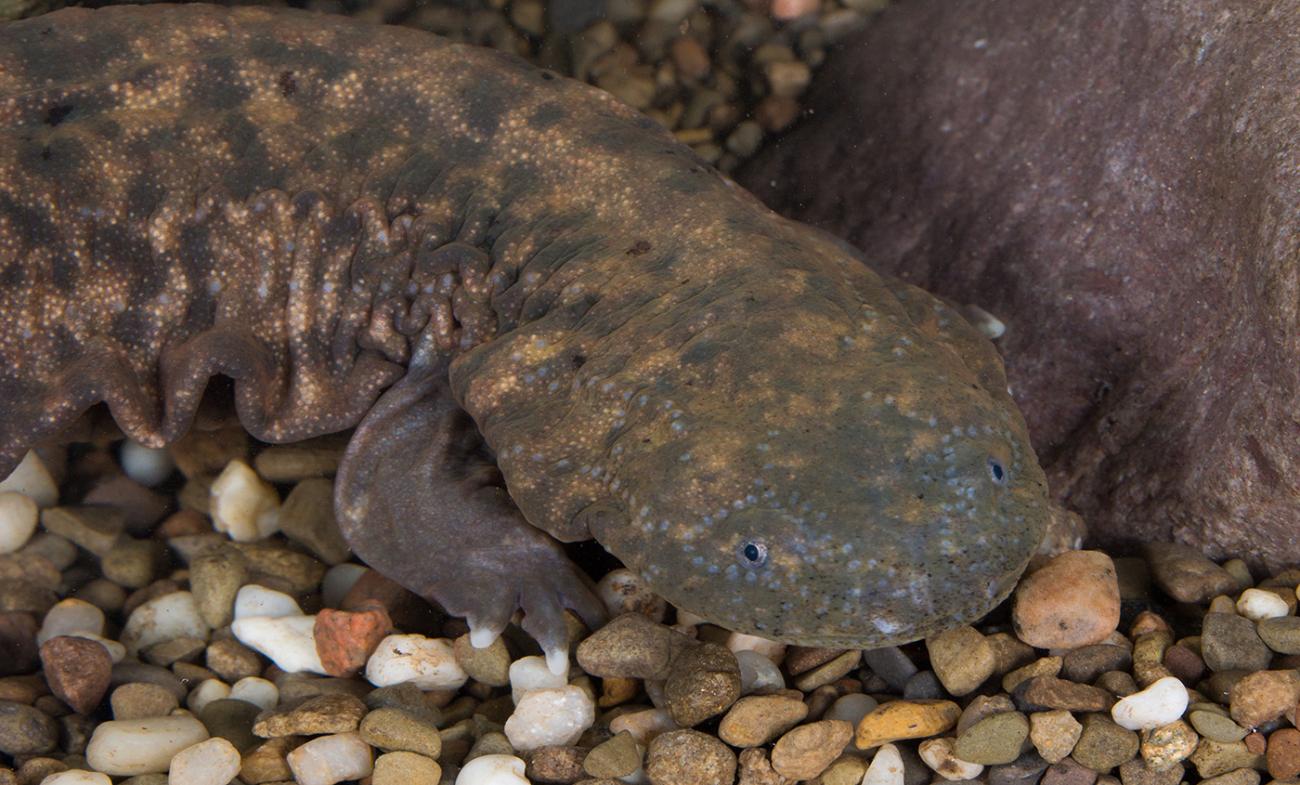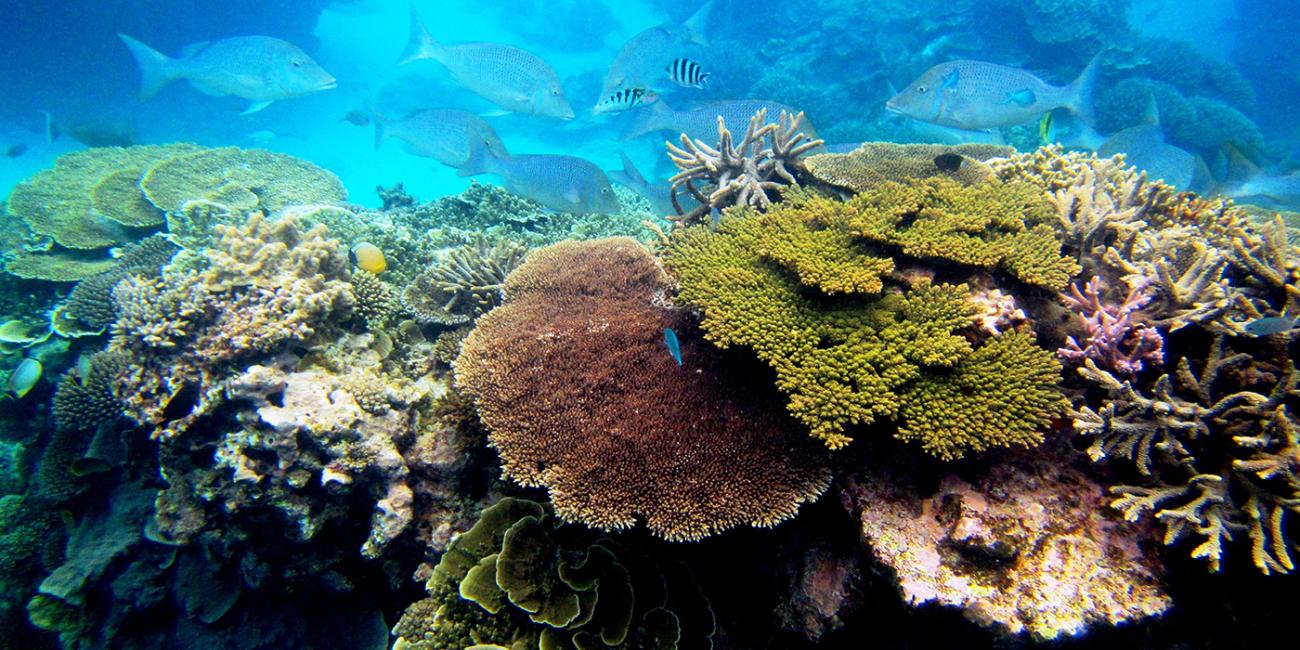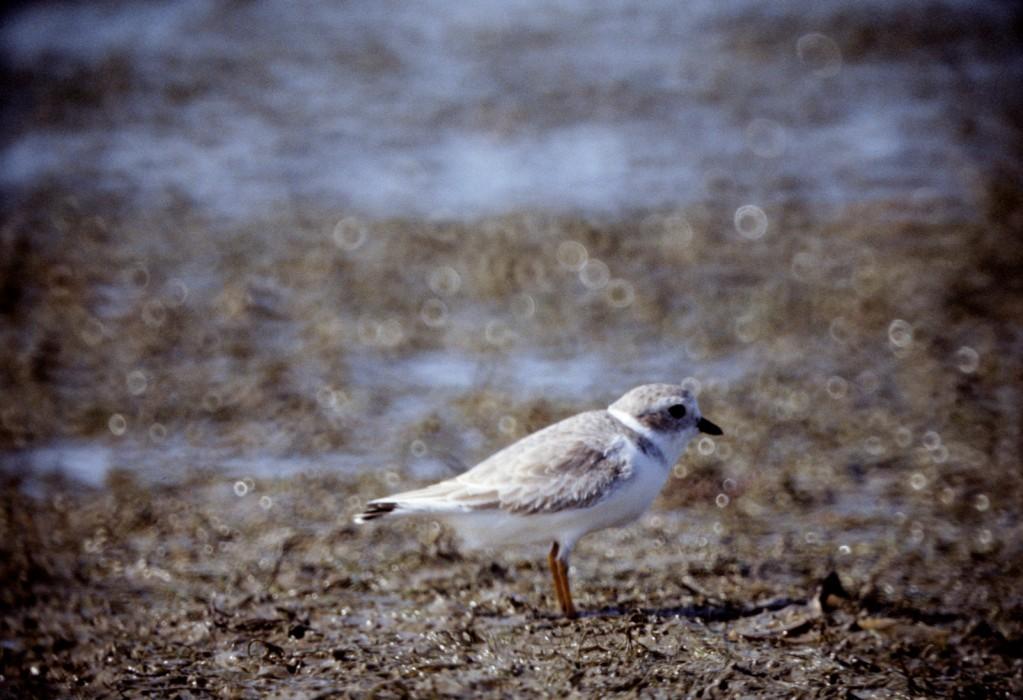Climate Change and Salamanders
Scientists at the Smithsonian Conservation Biology Institute's Center for Species Survival (CSS) are working to save species by identifying and monitoring the impact of climate change, specifically on salamanders.
Climate models predict an increase in average annual temperature in the Appalachian region over the next century. While some salamander species may be able to adapt to warmer temperatures or extend their ranges northward, others do not have these options. High-elevation species are often specialized for cool microclimates and become easily stressed when exposed to increased temperatures or drought. Consequently, many mountaintop species will have nowhere to go, since they will not be able to migrate down through warmer valleys to find a new, cooler environment. Lower elevation salamanders are also affected by climate change. Measurements of museum specimens showed that Eastern red-backed salamander body size in counties on the coastal plain is increasing in association with warmer, drier conditions there.
In coordination with other institutions, CSS scientists developed a monitoring plan (2007-2009) for the federally listed Shenandoah salamander that only lives on three mountain tops in Virginia. CSS scientists also collaborated with USGS researchers to evaluate the effects of interspecific competition between Shenandoah salamanders and red-backed salamanders under projected climate scenarios.
CSS works with other species, including North America's largest salamander, the hellbender. Scientists looked at sub-lethal effects on hellbenders and their immune systems using animals reared at the Buffalo Zoo. While these studies show that hellbenders are surprisingly resilient to changing temperatures, rainfall patterns have meant that stream temperatures are shifting more suddenly in Appalachian streams. CSS scientists monitor hellbender distribution in the wild through physical surveys of animals, and by filtering water samples for hellbender DNA, a new technology made possible by advances in genetic tools.














